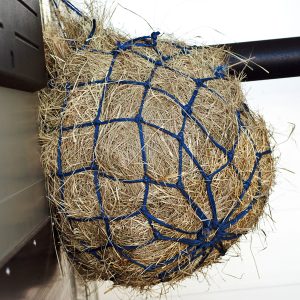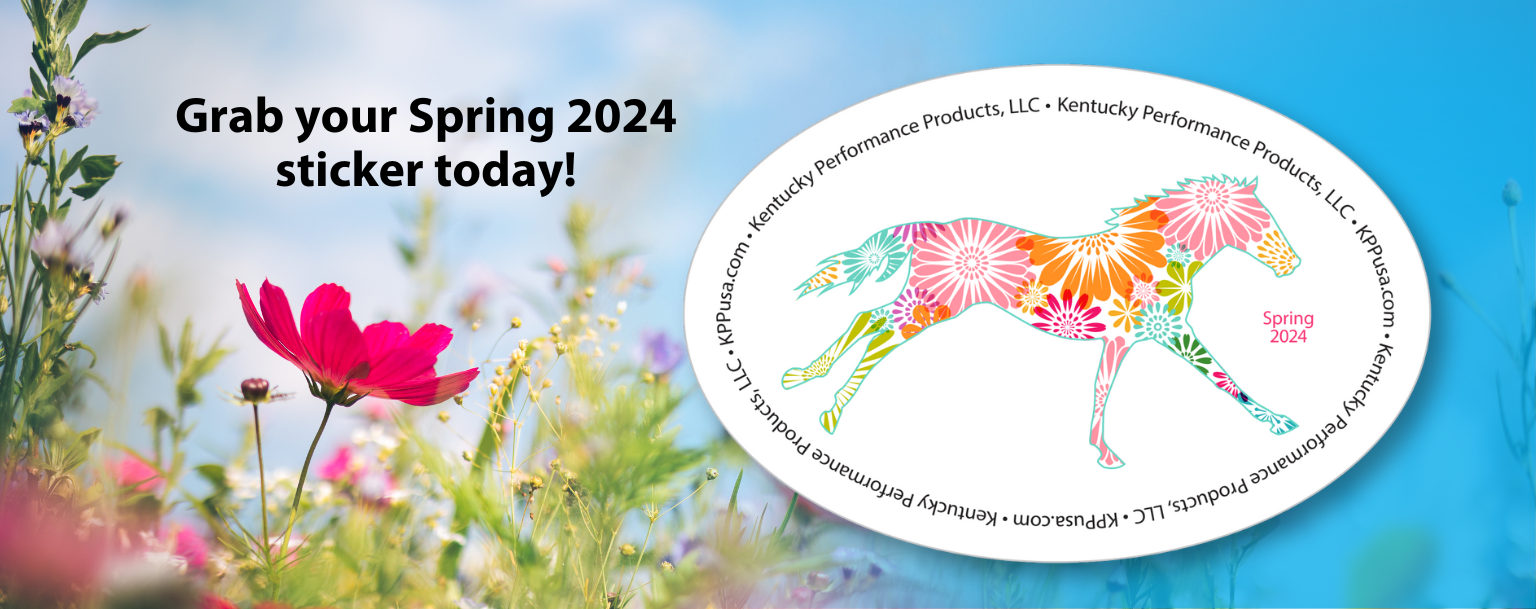
Teff hay for metabolic horses: just the facts
Teff hay has been recommended as a good source of fiber for horses with metabolic syndrome because of its low level of nonstructural carbohydrates (NSC). When feeding teff hay you need to take the following nutrient information into consideration.
Teff is categorized as a subtropical, warm season, C4 type grass.
NSC levels:
Teff has naturally low NSC levels, typically 10% or less. The NSC levels are higher in more mature hay. NSC ranged from 5.4% at the boot stage to 8.4% in the late stages of maturity. As with any hay, environmental conditions while growing and during harvest can impact NSC levels. Testing is the best way to determine true NSC levels in any forage.
Protein:
Teff provides adequate protein for mature horses but inadequate protein for growing horses and broodmares. When feeding teff to growing horses and breeding stock, the diet must be supplemented with a high-quality protein that supplies adequate amino acids, particularly lysine.
Trace minerals and vitamins:
Teff, as with most hays, is low in trace minerals and vitamins. To ensure a horse’s trace mineral and vitamin requirements are met, horses consuming teff should also have one of the following as part of their daily diet: the recommended amount of a fortified concentrate, a balancing pellet, or a high-quality vitamin or mineral supplement. Supplementing natural vitamin E is required for all horses that do not have unlimited access to good quality grass pasture.
Palatability:
Teff hay is palatable when harvested at boot stage or early maturity. Palatability drops in the later stages of maturity.
Digestible energy:
Teff hay that is harvested in the boot or early stages of maturity will meet the digestible energy requirements for most mature horses. Late maturity teff falls short in providing adequate digestible energy. Horses eating teff harvested in the late stage of maturity or those that are in hard work may need to be provided with the recommended levels of a fortified concentrate or an alternative high-fat supplement to maintain healthy condition and to fuel optimal performance.
Precautions to be aware of when feeding Teff:
Synephrine:
Some types of teff can contain naturally occurring synephrine (a vasoconstrictor), which may lead to a positive test in show horses (FEI disciplines) and racehorses.
Oxalates:
Teff hay contains oxalates, which can interfere with calcium absorption and cause calcium deficiencies in the horse; however, to date this appears to be a rare occurrence. Out of an abundance of caution, horses that are eating large quantities of teff over long periods should be supplied with a calcium supplement and monitored for Ca deficiencies. The desired ratio of calcium to oxalates in the diet is 0.5 parts calcium to 1 part oxalate, a ratio of 0.5:1. When adding additional calcium it is important to maintain proper calcium to phosphorous ratios as well.
Teff hay should not be fed to growing horses or breeding stock without additional calcium supplementation. Diets for growing horses need to contain the recommended ratio of calcium to phosphorus for their age group.


